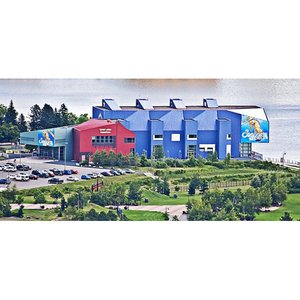Aquarium aims to cut electrical use by 30 percent
Aquarium aims to cut electrical use by 30 percent
With energy saving lighting becoming a common feature in most homes and businesses as the year progresses, a less likely place that is adamant to save money on energy is an aquarium. Great Lakes aquarium has introduced an ongoing initiative to improve energy efficiency in the facility.
The aquariums main goal is to reduce energy consumption by 30% which averages out at 2,000 off a monthly bill.
Since the aquarium launched its effort to drive down energy use a little more than a year ago, it is believed it has cut its electrical bill by about 10 percent.
Ted Dubina, building engineer for the aquarium, said he has mostly been pleased with the performance. He said a typical conventional bulb requiring 50 watts of power can now be replaced with an LED bulb consuming only 12 watts. But he has been equally impressed with the quality of the lower-power light. The LED bulbs crank out fewer lumens, but Dubina said that to his eye, the cooler white light also better shows off the color spectrum.
Besides looking at fixtures that could be converted to LED bulbs, Walker said the aquarium also has focused its attention on existing fixtures that can be left dark. The facility eventually will be looking at automated systems that can change the lighting configuration throughout the day to make maximum use of natural light and pull the plug where additional illumination is unneeded.
“We’ve already been able to reach a lot of the low-hanging fruit,” he said, describing the switch from other less-efficient types of lighting, such as metal halide, to light-emitting diode bulbs and fixtures.
“As LED technology is becoming more and more popular, this is a great opportunity for us to showcase it in a unique setting and demonstrate how it can be used,” Koecher said.
Walker said that up until now, LED lights have proven a poor substitute for some of the higher-intensity lamps used to illuminate some of the aquarium’s larger exhibits, but he said continued improvements in the technology could open new opportunities for more widespread LED use in the near future.
The aquarium isn’t done yet, however as it is still aiming to reach 30 percent in electrical savings by 2016.

